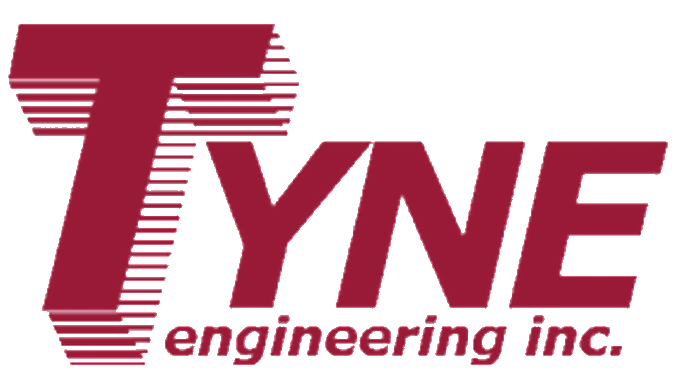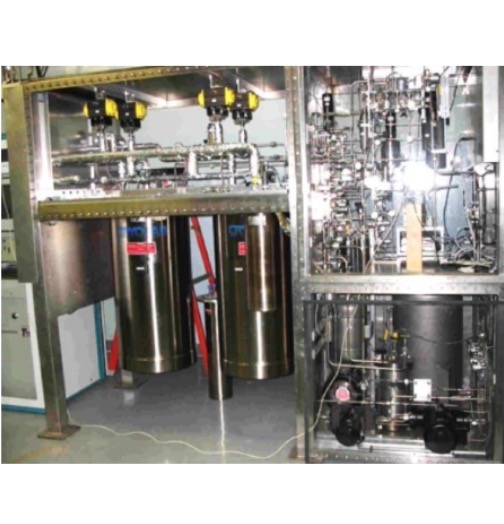
Isotopic Separation System
Model 7029-ISS-001
The isotopic separation system is used to separate tritium from deuterium and hydrogen. It may be used as the stagefollowing electrolysis in the removal of tritium from heavy water or light water. This product shown is normally used forsmall quantities. It is designed for a gas flowrate of 8M³/hr.
- Controlled from flowsheet mimic diagram using a touch sensitive screen.
- Automatic or manual operation.
- Stores pure tritium in getter beds.
This equipment is based on two molecular sieve packed columns, each cryogenically cooled with liquid nitrogen, and can alternatively be heated in small increments along their length.
Mixed isotopes of hydrogen from an electrolyzer are batch injected into the system and deposited onto one of the two cooledcolumns. Temperatures are regulated to allow the isotopes to come off the first column in order of molecular size. By manipulating both columns simultaneously and transferring between the columns, it is possible to achieve a clean cut between the different isotopes and to deposit clean, pure tritium onto a getter bed, and to discharge pure hydrogen to the stack, thus reducing the volume before adding another batch.
The system is contained in a glove box for safety, though every care is taken to provide a safe leak tight system which is fullywelded or utilizes high-class low-leakage fittings where welding is not possible. Some tritium may still transfer into the box, however. This occurs through permeation that is unavoidable because of the high temperatures. Valves are all bellows sealed and instrumentation is of the highest quality.
light and heavy water applications
active nuclear facilities
SMR, MSR Research Facilities
fusion laboratories
active waste and decommissioning facilities


Related Tritium Collection Systems
Improving tritium management by designing and manufacturing extraction and removal technologies and integrated systems.














